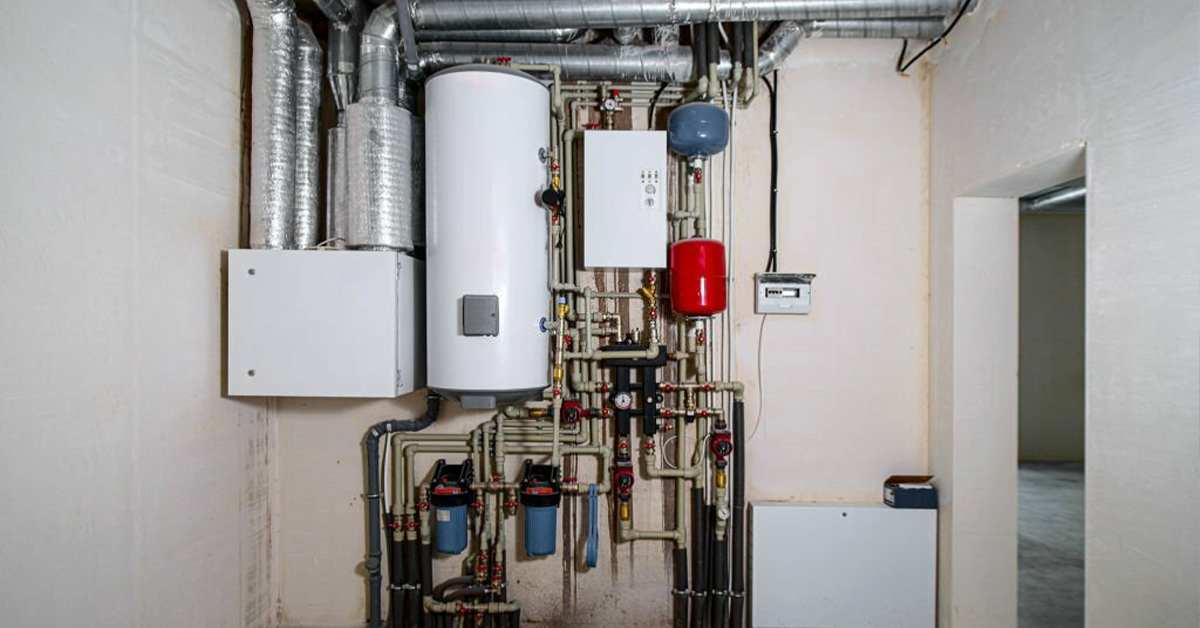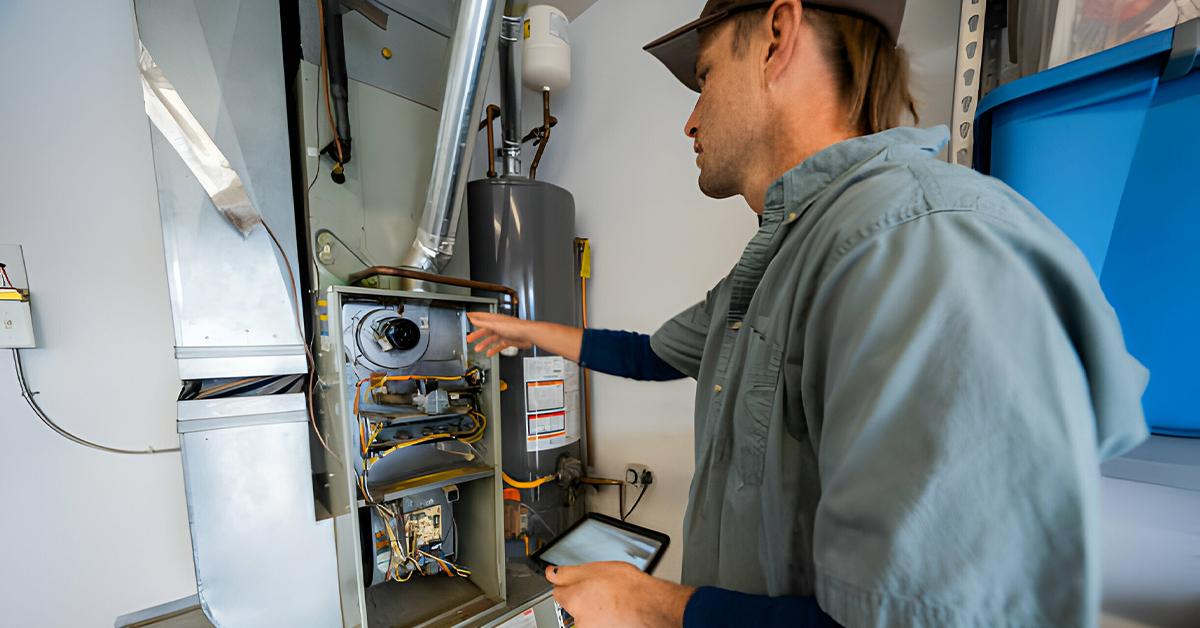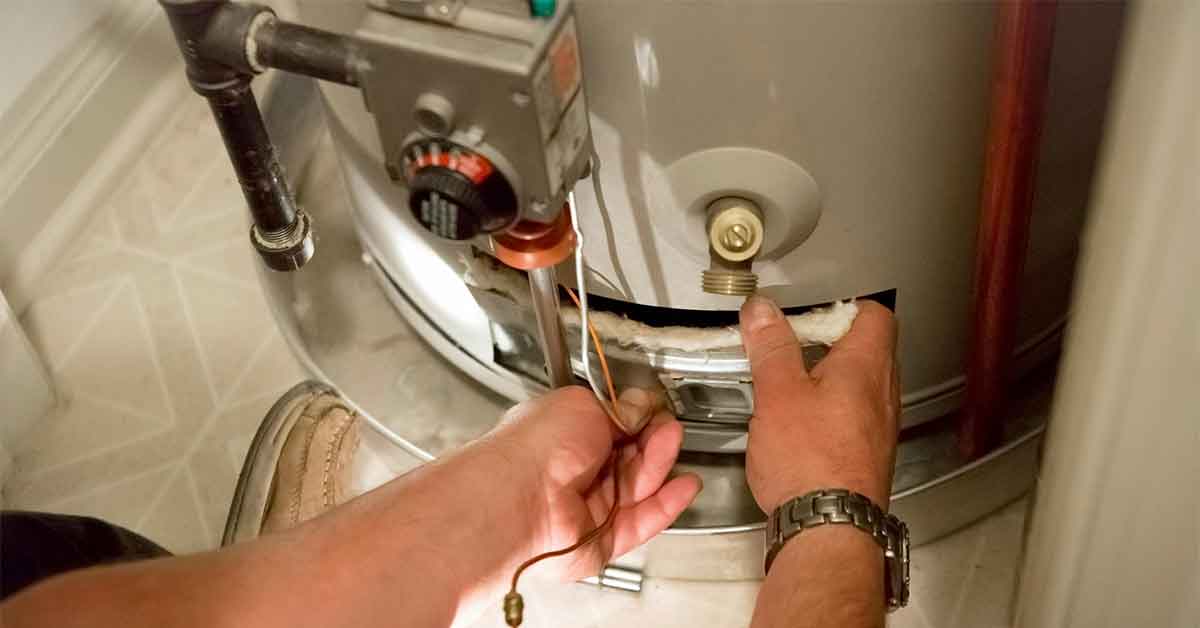Blog


Blower/Fan: The Crucial Component in Modern Heating Systems
In the intricate orchestra of a heating system, each component plays its unique tune. Among these, the blower or fan might not always enjoy the center stage but remains indispensable. It works silently, ensuring that warmth reaches every nook and cranny of a building. Let’s embark on a journey to understand the unsung hero of our heating systems.
Decoding the Basic Mechanism
At its essence, a blower or fan is designed to move air. But within the realm of a heating system, this task becomes crucial. It isn’t just about circulating the air, but ensuring the even distribution of heat. Thus, it acts as the bridge between the heat source and the ultimate destination: the interiors of a building.
The Centerpiece of Forced Air Systems
When we talk about forced air heating systems, the blower’s significance is amplified. Once the air gets warmed up by the heat exchanger, it’s the blower’s responsibility to ensure this warm air traverses through the ductwork, ultimately filling up the rooms with cozy warmth.
The Power Play: Delving into Speed and Efficiency
All fans might seem alike, but the devil is in the details. The capacity and speed of a fan can dramatically influence the efficacy of a heating system. Many contemporary blowers are equipped with variable speed settings. This allows them to adjust their speed according to the need, ensuring that warmth distribution is optimal, irrespective of external weather conditions.
Beyond Just Heating: A Guardian of Air Quality
While the blower’s primary mandate is the distribution of warm air, it plays an unsaid role in maintaining indoor air quality. By ensuring there’s a consistent movement of air, it helps prevent stagnant air pockets. This consistent circulation is crucial to prevent mold growth and to maintain a balanced indoor humidity level, both of which are pivotal for a healthy living environment.
Duct Dynamics: The Silent Partner in Efficiency
A blower’s efficiency is not just a standalone metric. It’s intricately linked with the design and maintenance of the ductwork. Ducts that are designed with minimal bends and turns ensure that the blower faces little resistance. This symbiotic relationship between the blower and ductwork ensures that the system operates at its peak efficiency, delivering warmth exactly where it’s intended.
The Energy Aspect: How Blowers Influence Consumption
It’s a given that the choice of blower or fan can substantially influence the energy dynamics of a heating system. Fans that are designed with energy efficiency in mind might command a higher initial investment. However, their operational costs are often lower, leading to substantial savings over the system’s lifetime. An energy-efficient blower is not just an eco-friendly choice but also a financially prudent one.
The Longevity Recipe: Maintenance Matters
Every mechanical component has a lifespan, and blowers or fans are no exception. Their longevity and performance are directly tied to the maintenance they receive. A well-maintained fan, free from dust and debris, operates at optimal efficiency. Regular checks for signs of wear and tear, timely replacements, and ensuring the fan remains obstruction-free can enhance its life and performance manifold.
The Technological Leap: Embracing Smart Blowers
The age of smart homes has ushered in a slew of technological advancements in traditional systems, and blowers have been beneficiaries of this trend. Today, we have smart blowers that can self-regulate their speed based on real-time temperature data. Such systems ensure that the warmth is always just right, optimizing energy consumption in the process.
Making an Informed Choice: What to Consider?
Choosing the right blower or fan for your heating system can seem like a daunting task, but keeping a few factors in mind can simplify the decision:
- Capacity & Compatibility: Ensure the blower is apt for your space and compatible with the heating system.
- Energy Efficiency: Look for energy ratings. A higher rating might mean a higher upfront cost but can lead to long-term savings.
- Noise Levels: A quieter operation is always preferable, ensuring comfort isn’t compromised.
Conclusion
In the grand scheme of heating systems, the blower or fan stands as a testament to the importance of even the seemingly smaller components. It might operate in the background, but its role in ensuring consistent warmth and improved air quality is paramount. As technology continues to evolve, the humble blower, too, has seen its fair share of advancements. When setting up or upgrading a heating system, it’s imperative to give this component its due consideration. After all, in the symphony of warmth, it’s the blower that ensures the notes reach every corner, creating a harmonious and cozy ambiance.




